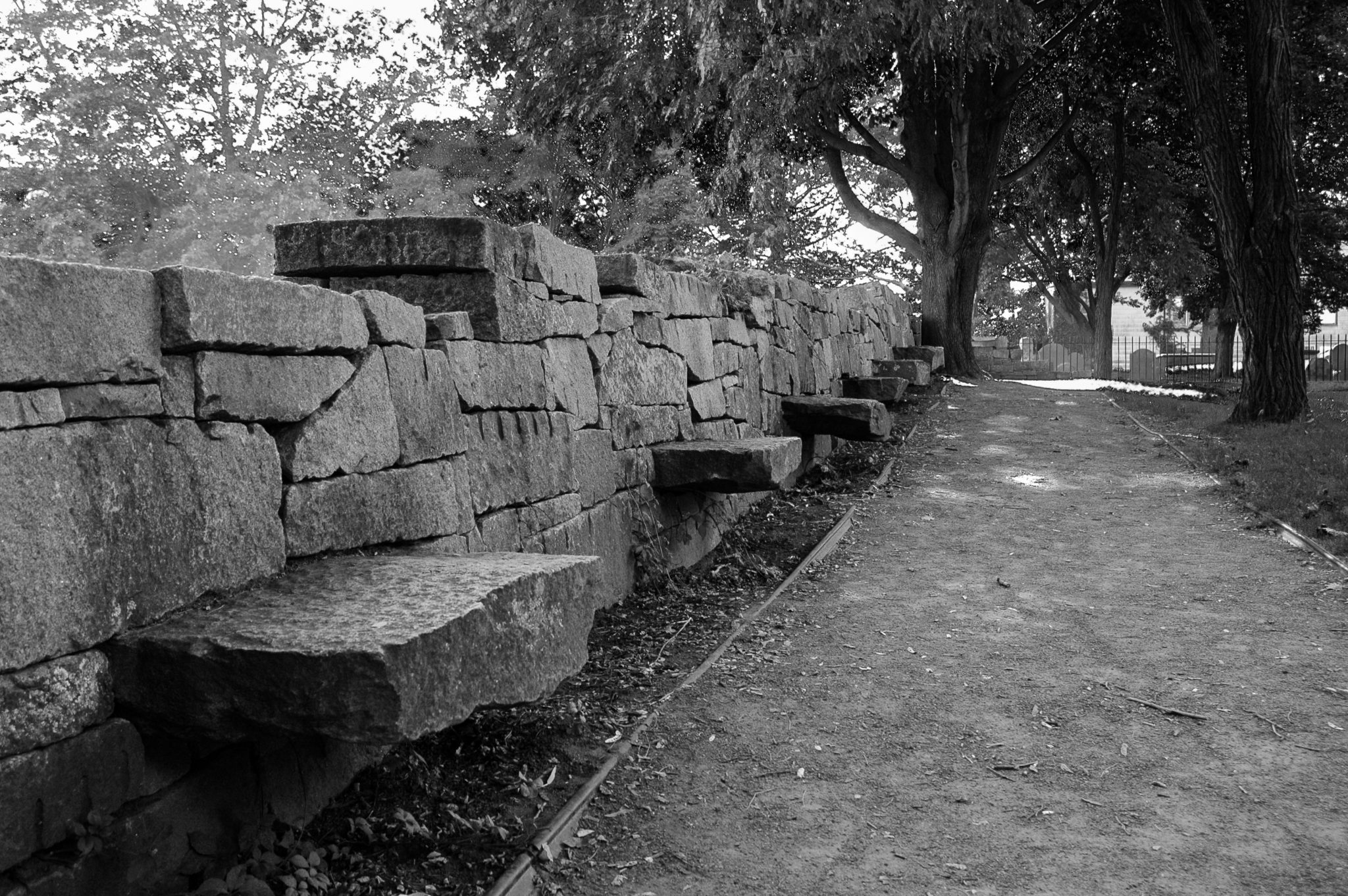Old World Roots of New England Witch Fears
The widely-held conventional assumption surrounding the Salem Village witchcraft hysteria of 1692 is that the episode had nothing to do with actual witchcraft. Instead, property disputes, village politics, or mass hallucination are cited as the underlying causes. In actuality, witchcraft, or more aptly, a fear of malevolent witchcraft, was deeply rooted in the Puritan mind. Those who came to the colonies during the Puritan migration were from two areas of England: East Anglia and the West Country.
Historian Michael Howard has dubbed East Anglia “witchcraft country.” Anglia on the eastern coast was the historic kingdom of the Anglo-Saxons, and it has a long tradition of witches and what we now call cunning folk. It was also the hunting ground of Matthew Hopkins, the self-dubbed Witchhunter General. Hopkins operated during the English Civil War in the 1640s. He gained notoriety for his role in the witch hunts in East Anglia, where he conducted extensive investigations and trials that led to the execution of many accused witches, often using controversial and brutal methods to extract confessions. His activities peaked from 1644 to 1647, during which he sought to root out alleged witchcraft throughout the region. The Fens were connected to mysterious pagan practices going back into pre-history.
The counties of Dorset, Devon, and Cornwall, collectively known as the West Country, have a long connection with witchcraft in western England. This area was pretty isolated until modern times and was a haven for the Celtic peoples. The region is marked by the forbidding expanses of Exmoor, Dartmoor, and Bodmin Moor. The historic witch tradition of this part of England has become well-known through the writings of Gemma Gary and others.
The Puritans came from these lands, departing during the height of the witch trials under James I. They would have brought this experience with them. Cotton Mather, one of the villains of the Salem Village persecutions, even referenced the English witch trials in his 1692 rhetoric.
During the Salem witch trials, one intriguing practice involved the use of “witch cake,” believed to be a method for identifying witches. The cake was made from rye meal and the urine of an allegedly afflicted person before being baked. It was thought that if a witch consumed the cake, she would reveal herself through a convulsive reaction. This peculiar method highlights the villagers’ understanding of witchcraft and their measures to counter it. Such cakes have been documented as a form of countermagic used in East Anglia.
The early colonists’ fear of unknown territories like the moors and the Fens would have been even more intense. The dense forests of New England were dark and filled with a constant sense of evil. They were seen as the domain of the Devil, the Dark Man, full of danger and inhabited by godless heathens. As Emerson Baker has noted, this fear was driven to a breaking point by bloody raids along the frontiers, especially the southern coast of Maine.
In February 1962, the Candlemas Raid took place. This significant attack targeted the colonial settlement of York, Maine, during a time of heightened conflict between English settlers and Indigenous nations. A group of French and Native American forces descended on the village, leading to the capture and death of several inhabitants. The raid instilled deep fear among the colonists, worsening the existing tensions and contributing to the atmosphere of paranoia that characterized the region during the Salem witch trials. This event not only highlighted the dangers faced by settlers in New England but also intensified their fears of malevolent forces, including witchcraft, as they grappled with the uncertainties of their precarious existence.
The connection between the York raids of 1692 and the first accusers in the Salem witch trials is quite significant, reflecting the broader context of fear and paranoia that gripped New England during this tumultuous period. The Candlemas Raid in February 1692 targeted the settlement of York, Maine, and was one of many violent encounters between English settlers and Indigenous forces. This raid resulted in the death and capture of several colonists, which deepened the sense of vulnerability and anxiety among the local populations.
The trauma and insecurity following the York raid disproportionately affected the Salem Village community, where the witch trials began just a few months later. The instability created by such violent events likely fueled the accusatory atmosphere in Salem. Those who had direct experiences with the raids or lived in proximity to the frontier regions, like York, would have been particularly susceptible to fears of unseen threats, prompting them to look for scapegoats to explain their distress.
Many of the initial accusers in Salem, including young girls like Betty Parris and Abigail Williams, were part of a community grappling with the fallout of these raids. Their experiences of fear and anxiety, coupled with the loss or instability resulting from the raids, likely contributed to their accusations of witchcraft against several members of the community. The belief that malevolent forces, including witches, could be responsible for their suffering may have been exacerbated by their recent encounters with violence and their perceptions of the threat posed by both Indigenous nations and perceived internal enemies.
Baker has noted that at least forty individuals involved in the 1692 trials had ties to Maine, suggesting a direct linkage between experiences of conflict in York and the accusations that emerged in Salem. This interconnectedness indicates how the broader regional context of fear, derived from raids and violence combined with a popular belief in witchcraft and malignant spirits, exacerbated local tensions and led to tragic outcomes. The environment of paranoia created by such events allowed the witch hysteria to flourish as the Salem communities sought to rationalize their fears through accusations against those they deemed suspicious or different.
If you enjoyed this article, don’t miss our future posts by joining our mailing list.

